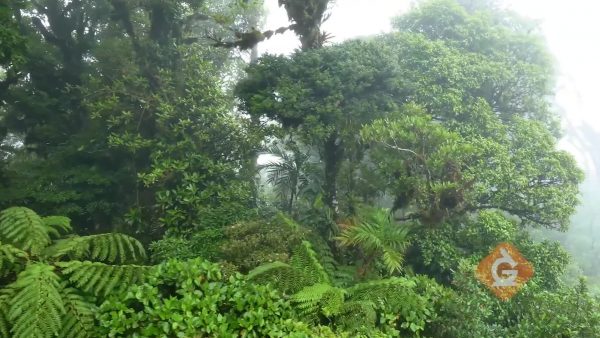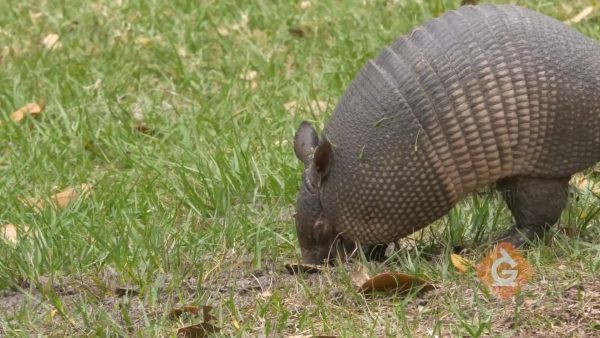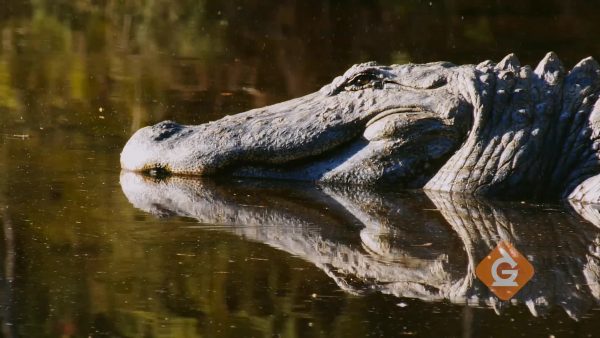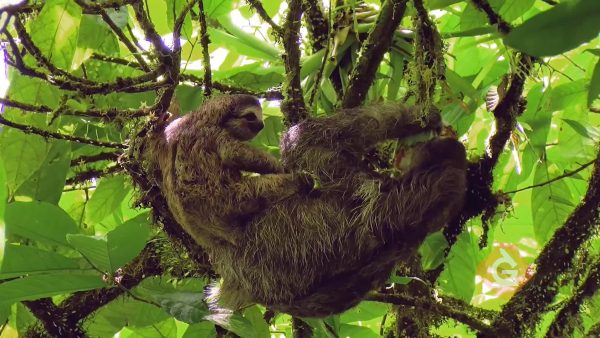A habitat is the place where living things naturally live and grow. Habitats provide them with the food, water and shelter they need to live.
To better understand habitats…
LET’S BREAK IT DOWN!
There are many different habitats on Earth.

Some different habitats are jungles, deserts, forests, the Arctic and rivers. Each of these different habitats are homes to many different plants and animals.

A habitat must meet the needs of animals that live there.

A three-banded armadillo needs to eat bugs and live in a warm place. A jungle is a good habitat for this animal because it meets the armadillo’s needs.

Animals have adaptations that help them survive.

The fennec fox has several adaptations that help it survive in a desert habitat. It has big ears that keep it cool. It also has fur on its feet to protect them from the hot sand.

Some animals need a habitat with lots of water.

American alligators spend most of their time in the water. They have adaptations, such as strong tails for swimming, that help them to survive in the water.

Sloths live in the jungle up in trees.

Sloths make their home in a jungle habitat. The jungle meets the needs of the sloth because they eat lots of leaves and climb in the trees. A jungle has many trees.


































































































































 Select a Google Form
Select a Google Form









